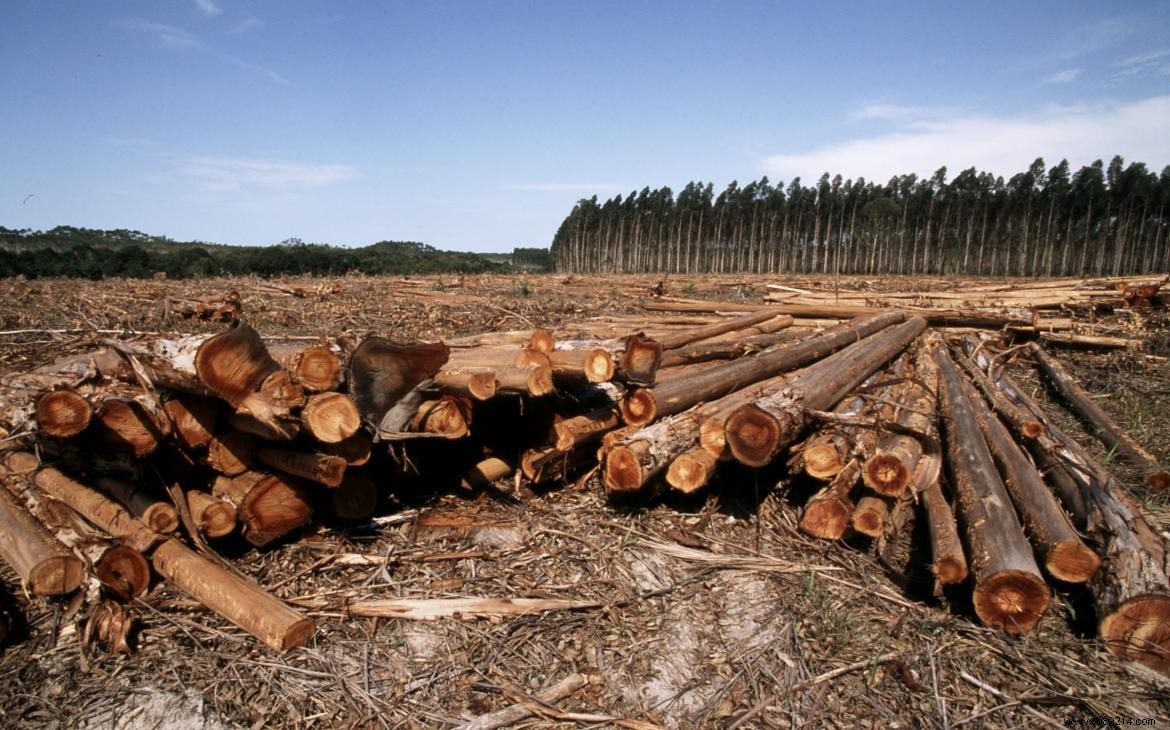Did you know that three out of four infectious diseases come from the animal world? A recent study concluded that this is evidence that over generations, human activities have favored the transmission of pathogens. This includes the way in which Man has arranged and exploited spaces.
At the source of the current Covid-19 pandemic is the animal-derived coronavirus SARS-CoV-2. Thus, over the months, the light has been more or less focused on zoonoses. These are diseases and infections transmissible from animals to humans directly or indirectly. However, most people believe that the fault lies with the wilderness, the greatest reservoir of these diseases.
In a study published in the journal Nature on August 5, researchers from University College London (UK) concluded that the fault was primarily that of men. According to the directors of the study, the problem lies in the ever-increasing number of human activities. More specifically, it is about the conversion of natural areas in urban or agricultural areas.
Due to human activities, natural areas such as primary forests, grasslands and even deserts are disappearing. This has the particular effect of the permanent loss of many animal species. However, others are proliferating significantly. However, it turns out that this proliferation mainly concerns species more likely to carry pathogens can be transmitted to humans.

As part of their study, the scientists used the database of the Projecting Responses of Ecological Diversity in Changing Terrestrial Systems (Predicts) project. It contains no less than 3.2 million records from 666 studies interested in the use of space and the impact on species. The goal? Determine the animal species most affected by the progression of human activities.
Next, the researchers conducted a survey using six databases containing a total of 3,883 potential vertebrate hosts for 5,694 pathogens . The aim here was to assess the risks for each species as to the possibility that they could harbor a pathogen.
According to the results, the danger is greatest where human activities invade natural areas the most . In these areas, the number of species at risk as well as the numbers belonging to these species are higher than elsewhere. This is also the case for the number of pathogens. Beyond considerations related to climate change, it seems that stopping the expansion of human activities and protecting natural areas is more than ever a priority.